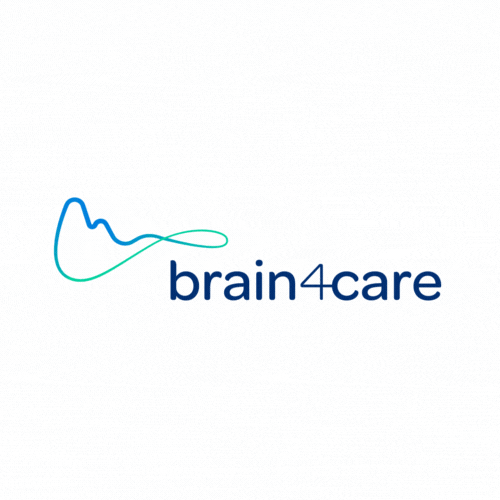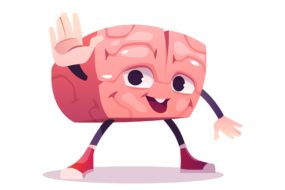
Did you know that there is a way to know what is going on in your head? Calm down, we can’t read thoughts. We’re talking about a way to monitor your brain health
You know, the skull forms the hard part of the head. It’s part of the skeleton, and its function is to involve and protect the brain, so it’s important to monitor what goes on inside, after all, if we don’t think and don’t take care of our brain, it won’t allow us to think about anything else.
The bones that make up the skull come together like the pieces of a puzzle. Unlike other bones in the body, which are joined by movable joints, in the skull the joints that join the bones do not move. You might think: “yeah, but what about the jaw? She is mobile”. True, but it’s not part of the skull.
For about 200 years, medicine believed that the skull was totally rigid and that an increase in the volume of one of its components (brain, blood and cerebrospinal fluid) would result in a decrease in the volume of the others, precisely because the skull did not could expand.
However, recent research has indicated that the skull is able to expand to accommodate changes in this internal volume. This ability to adjust is called intracranial compliance because it takes place inside the skull. If she has problems, it can generate an increase in intracranial pressure (known by the acronym PIC), so this monitoring is often essential.
Now just imagine what it’s like to monitor what goes on inside a place surrounded by bones. Quite a challenge! The exam considered the gold standard for this verification is invasive intraventricular monitoring, a type of surgery. Although it is a reference for monitoring intracranial pressure, it is related to numerous complications.
The good news is that it is now possible to monitor the skull in a non-invasive way, that is, without perforating it. A sensor called brain4care is strapped around the head and is able to measure intracranial compliance and thereby assess brain health. Through the results, doctors and researchers were able to realize that such intracranial compliance is directly related to intracranial pressure and may even be a more effective means for this assessment.





